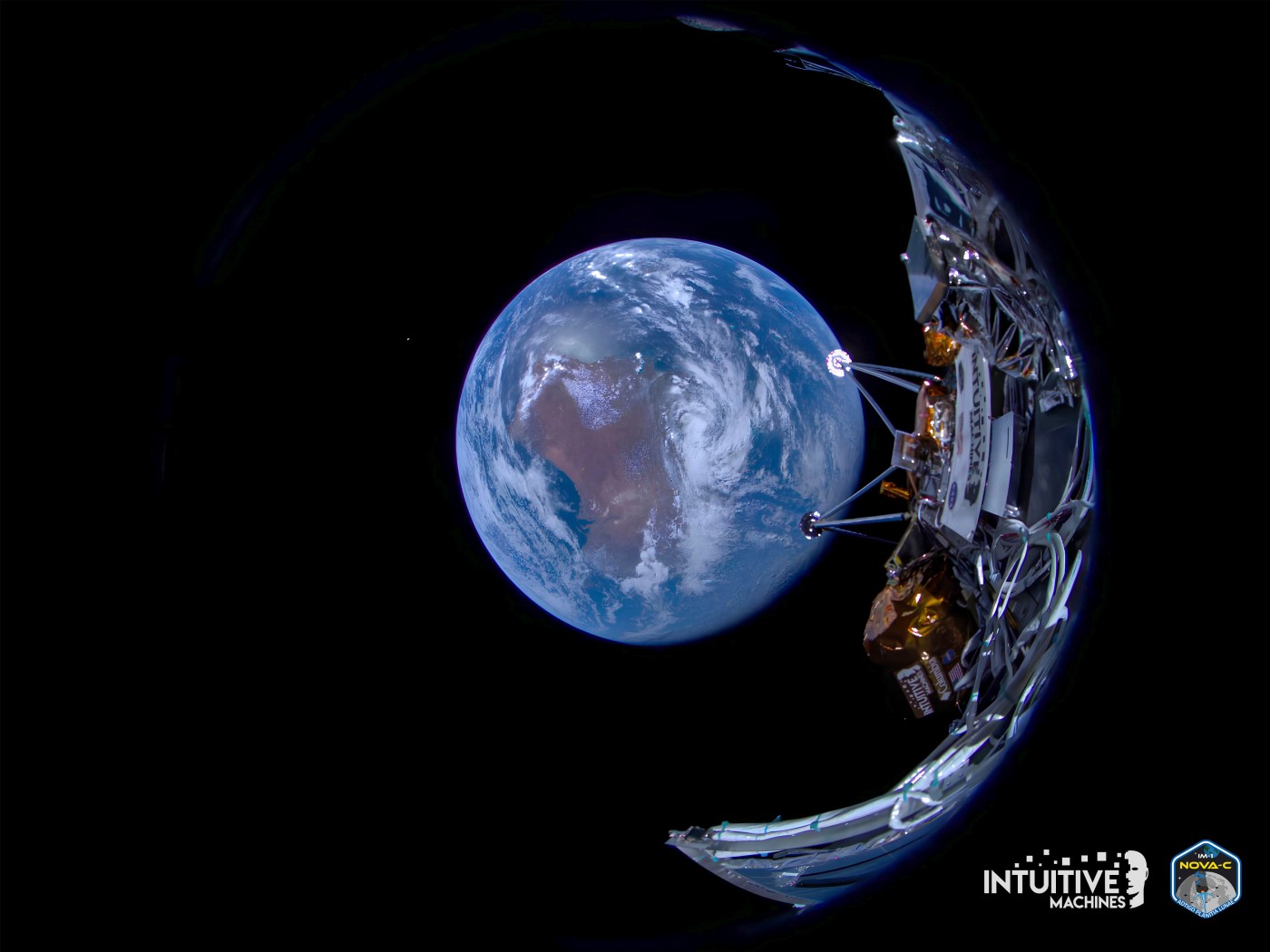
Private US spacecraft to attempt lunar landing
ORLANDO, Fla. — A commercial company’s lunar lander launched from Kennedy Space Center last week successfully made it into the moon’s orbit on Wednesday ahead of its Thursday attempt to stick the landing.
Houston-based Intuitive Machines posted on social media that its Nova-C lander named Odysseus, which blasted off from KSC on Feb. 15 atop a SpaceX Falcon 9, had performed a 408-second main engine burn that put it into a successful lunar orbit of an altitude of about 57 miles.
“Odysseus is now closer to the moon than the end-to-end distance driving across Space City, Houston, TX,” the company posted on X, noting it had already traveled more than 620,000 miles in the last seven days.
The spacecraft will remain in orbit while flight controllers analyze flight data and transmit images back to Earth, the company said.
Elon Musk chimed in to say, “Congrats!” to which the company replied, “Thanks for the TLI throw!”
Earlier this week, the company posted images from Odysseus’ journey to the moon showing Earth in the background. Its trip to the moon has been more successful than fellow commercial company Astrobotic Technology’s attempt that launched in January, which suffered a propellant leak that forced the company to send its Peregrine lunar lander back to Earth to burn up on reentry.
The Astrobotic and Intuitive Machines launches were the first two under NASA’s Commercial Lunar Lander Services (CLPS) program, an effort by NASA to encourage private companies to succeed so NASA could become a customer for future supply and science missions as opposed to running the whole mission. It has seven more CLPS contracts slated so far including up to three more this year.
NASA paid Intuitive Machines $118 million for the mission, and Odysseus is carrying six NASA science payloads worth about $12 million as well as another six payloads the company organized on its own.
The payloads will help NASA’s efforts to eventually bring human missions to the moon’s south pole as well, currently the goal of the Artemis III mission as early as September 2026.
The hard part of landing on the moon successfully, though, is still to come. The company is targeting dropping to about 6 miles altitude with another burn on the far side of the moon and then try to touch down on the moon’s south pole at 5:49 p.m. EST Thursday.
The company plans to stream its landing attempt on the company website at intuitivemachines.com/im-1 and on its X account at X.com/Int_Machines/ and NASA will also host the stream on its social media outlets like youtube.com/@NASA/ at NASA TV with coverage beginning at 4 p.m.


